Beware! Scary 60-foot wide asteroid is headed towards the Earth today, says NASA
According to NASA, a 60-foot wide asteroid is headed towards the Earth today, August 16. Does it pose a threat to our planet and should we be concerned? Find out.
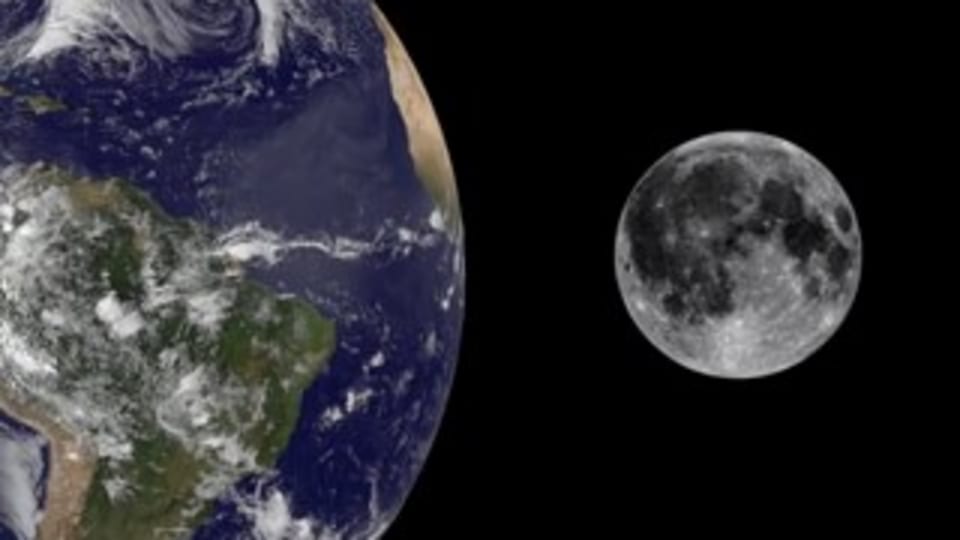
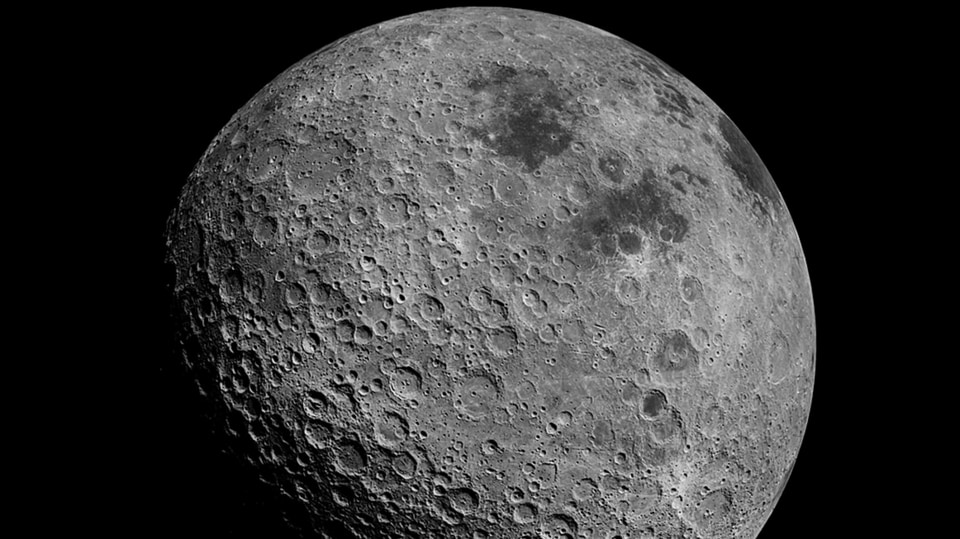
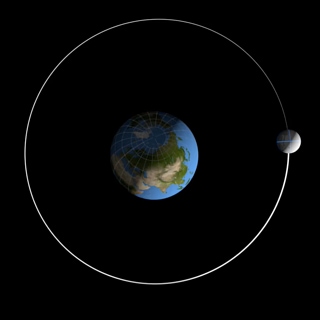
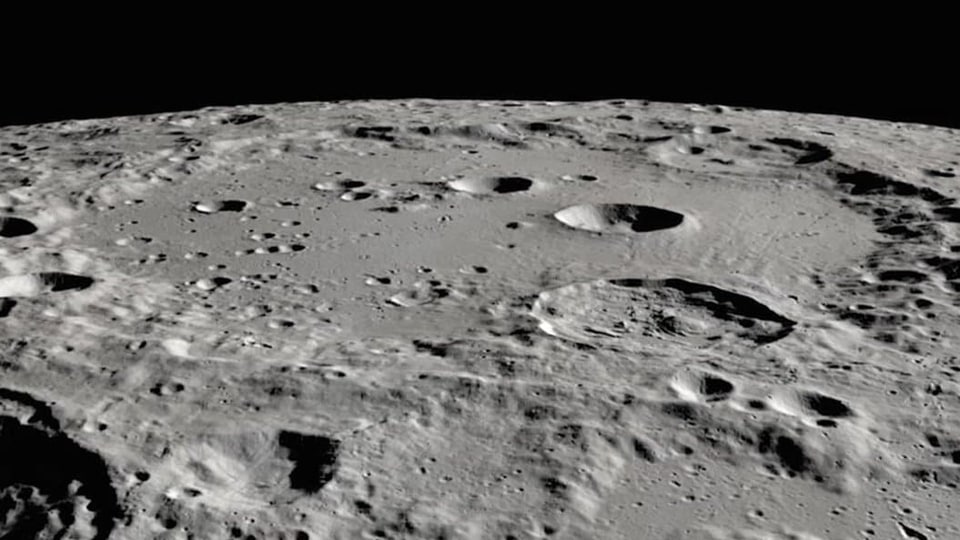
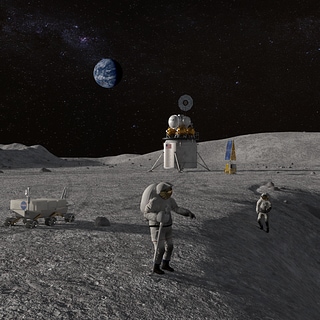
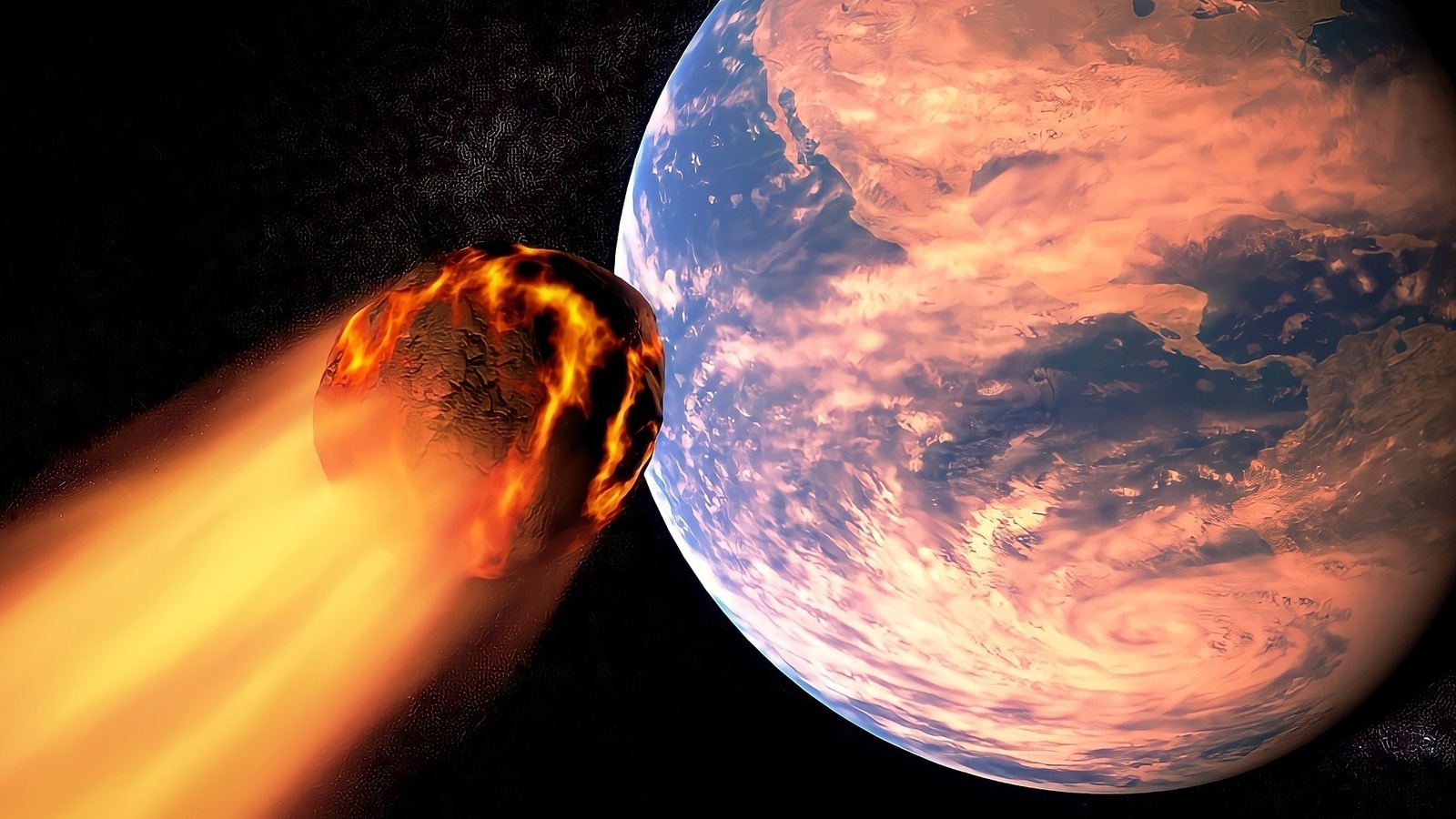
 View all Images
View all ImagesContinuing its dangerous tryst with asteroids, the Earth is going to witness two dangerous space rocks which are going to make their closest approach today, August 16. Among them, a 60-feet wide asteroid is going to be the first to pay us a visit. This asteroid, which is larger than an adult African Elephant, can pose a serious threat to the planet if it veers close to the Earth for some reason. An asteroid this size is capable of causing complete destruction of the area of the impact as well as send shockwaves tens of kilometers away, causing more destruction in nearby areas. So, will this asteroid be slamming into the Earth? Read on to find out.
According to Jet Propulsion Laboratory, a department of NASA, the name of this space rock is 2022 PJ1. The year in the name suggests that it was first observed this year itself. NASA's Small-Body database reveals that the first observation took place on August 7, which means not a lot of data is available on the asteroid. However, prediction models reveal that it will come as close as 4.2 million kilometers to the Earth. If you feel this distance is too large to worry about, then just know that considering its speed of 21,312 kilometers per hour, this distance can be covered in a short amount of time, if a deviation to the asteroid took place for some reason.
Scary asteroid is zooming towards the Earth
The asteroid 2022 PJ1 has been classified as a near-Earth object by NASA. This classification is given to those asteroids which are close enough to pose a threat for our planet. At its size, this asteroid can do some serious damage to our planet, if it ends up making an impact. This is the first time this asteroid has been spotted and that's why not much is known about it. We do know that it has an highly elliptical orbit where its perihelion is between Venus and Earth and its aphelion is between Mars and Jupiter. Despite the low data, latest prediction models suggest that the asteroid is expected to make a safe passage across the Earth.
To protect the Earth from any such future threats, NASA is conducting a DART mission, which will give it the capabilities of sending rockets to push an incoming asteroid slightly and change its trajectory to protect the planet.
Catch all the Latest Tech News, Mobile News, Laptop News, Gaming news, Wearables News , How To News, also keep up with us on Whatsapp channel,Twitter, Facebook, Google News, and Instagram. For our latest videos, subscribe to our YouTube channel.




























